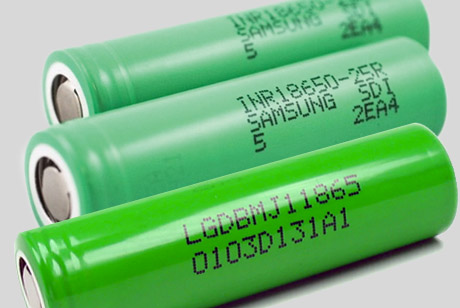Compared to other battery technologies, Lithium Polymer (also known as Lithium-ion Polymer or LiPo) is a newcomer to the market. While Nickel Metal Hydride (NiMH) battery technology has been popular for several consumers year, new Lithium Polymer is now starting to fulfill its full potential.
In addition to gaining a strong foothold in the cellphone and cellphone industry, lithium polymer battery pack are quickly gaining a very good reputation in the field of electric RC aircraft models as well as electric-powered RC cars.

Because of the battery’s ability to provide very high flows for a long period, it is market share has increased by almost 7% in the past 12 months even though the relatively high costs associated with not only purchasing cells but also with charging devices and controllers.
The main disadvantage of LiPo batteries is the controlled environment needed to safely charge this battery. Unlike NiMh which is capable of being charged at 0.1C (ie 10 percent of its capacity per hour) without the risk of excessive charging or explosion, LiPo batteries require constant monitoring of both temperature, current, and voltage by the charger to reach full capacity while remaining safe.
While most new laptop computers continue to be produced to combine Lithium-ion technology, experts estimate that over the next 24 months Lithium Polymer will account for around 15% of the laptop battery market.
The reason that the use of Lithium Polymer on laptops is not faster is that laptops will require significant design changes to remove heat from the battery compartment because a few degrees increase will greatly reduce the life of the Lithium Polymer battery.